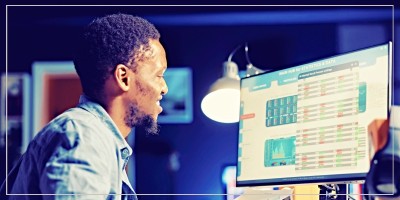Resources
The Balance Sheet

A balance sheet is a financial statement that provides a snapshot of a business’s financial position at a specific point in time. It shows what the business owns (assets), what it owes (liabilities), and the value left over for the owners (equity). The balance sheet is structured around the accounting equation: Assets = Liabilities + Equity. The key components to include when preparing a balance sheet are:
Assets:
Current assets:
These are assets that are expected to be converted into cash or used up within one year. Common current assets include:
-
Cash and cash equivalents: The amount of cash the business has on hand or in the bank.
-
Accounts receivable: Money owed to the business by its customers for sales made on credit.
-
Inventory: The value of the goods that the business holds for sale or production.
-
Prepaid expenses: Payments made in advance for services or goods to be received in the future.
Non-current assets:
These are assets that are expected to provide value to the business for more than one year. Examples include:
-
Property, plant, and equipment (PPE): Physical assets such as land, buildings, machinery and equipment.
-
Intangible assets: Non-physical assets such as patents, trademarks and goodwill.
-
Investments: Long-term investments the business holds, such as stocks or bonds.
Liabilities:
Current liabilities:
These are obligations that the business needs to settle within one year. Examples include:
-
Accounts payable: Money the business owes to its suppliers for purchases made on credit.
-
Short-term debt: Loans or other forms of debt that must be repaid within one year.
-
Accrued expenses: Expenses that have been incurred but not yet paid, such as wages and taxes.
Non-current liabilities:
These are long-term obligations that are due beyond one year. Examples include:
-
Long-term debt: Loans or bonds that will be repaid over a period longer than one year.
-
Deferred tax liabilities: Taxes that have been incurred but will not be paid until a later date.
Equity:
Owner’s equity:
This represents the value left over for the business owners after liabilities have been deducted from assets. Key components of equity include:
-
Capital contributions: Money invested in the business by the owners or shareholders.
-
Retained earnings: Profits that the business has retained rather than distributing to shareholders as dividends.
-
Reserves: Funds set aside for future use, such as for emergencies or investments.
Balancing the equation:
The balance sheet is called so because it must balance, meaning that the total value of the assets should be equal to the combined value of liabilities and equity. The formula is expressed as:
Assets = Liabilities + Equity
If your balance sheet does not balance, it indicates that there may be errors in the financial data, which should be investigated and corrected. Ensure that all figures are accurate and up-to-date. Regularly updating and reviewing the balance sheet is needed for maintaining a clear understanding of the business’s financial status.